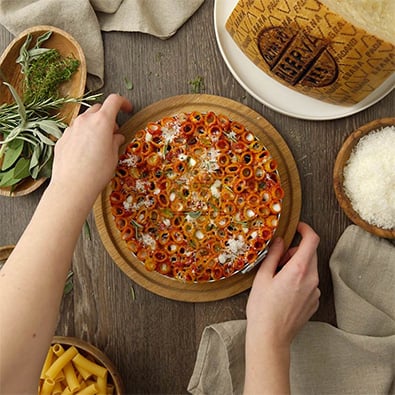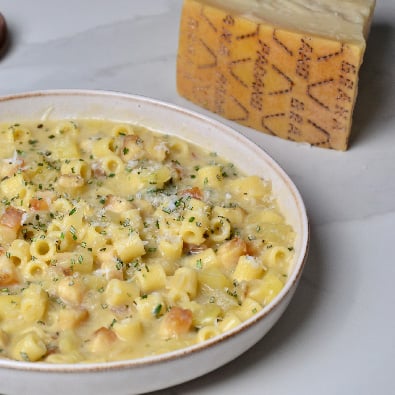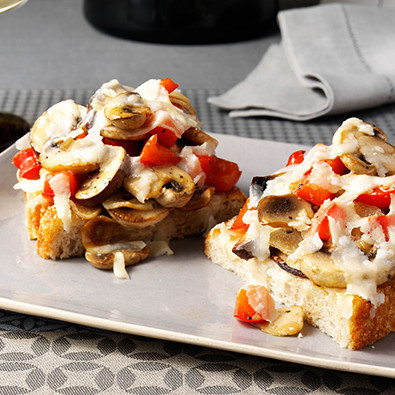
Cavatelli with white ragout
6-8 people
Francesca D’Orazio
Ingredients
600 g cavatelli
180 g fresh sausage, peeled
250 g pork meat
250 g veal meat
1 medium sized shallot
60 ml white wine
4-5 tablespoons of chopped mint, sage, thyme
Hot chilli (optional)
80 g Grana Padano PDO Riserva
150 to 200 ml Vegetable broth or light meat broth
Extra virgin olive oil
salt
pepper
Preparation
For most of us, Sunday lunch is when our families gathered at grandparents’ house to enjoy the smell of ragù from the large kitchen, homemade pasta and pastries. The main dish of this Sunday is cavatelli that can easily be made at home (also available fresh, even in supermarkets); they can be replaced with dried pasta, such as rigatoni or paccheri.
For the sauce, not the classic ragù but something much faster and very tasty, flavored with excellent seasoned Grana Padano PDO Riserva, to enchant the decisive flavors.
For this Sunday table I opted for a sage green tablecloth to enhance the exquisitely Italian, blue and white handcrafted ceramic dishes. As table decoration, I chose decorative white pumpkins bought in September and stored at home for the entire autumn.
A touch of color (in this case, dried orange scented hydrangeas, and a few flowers reminding the warm colors of the season) and the table will look completely different.












